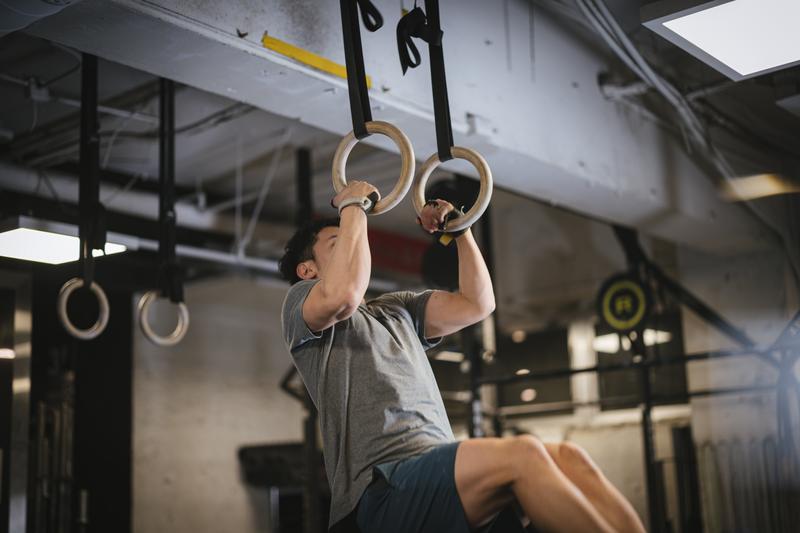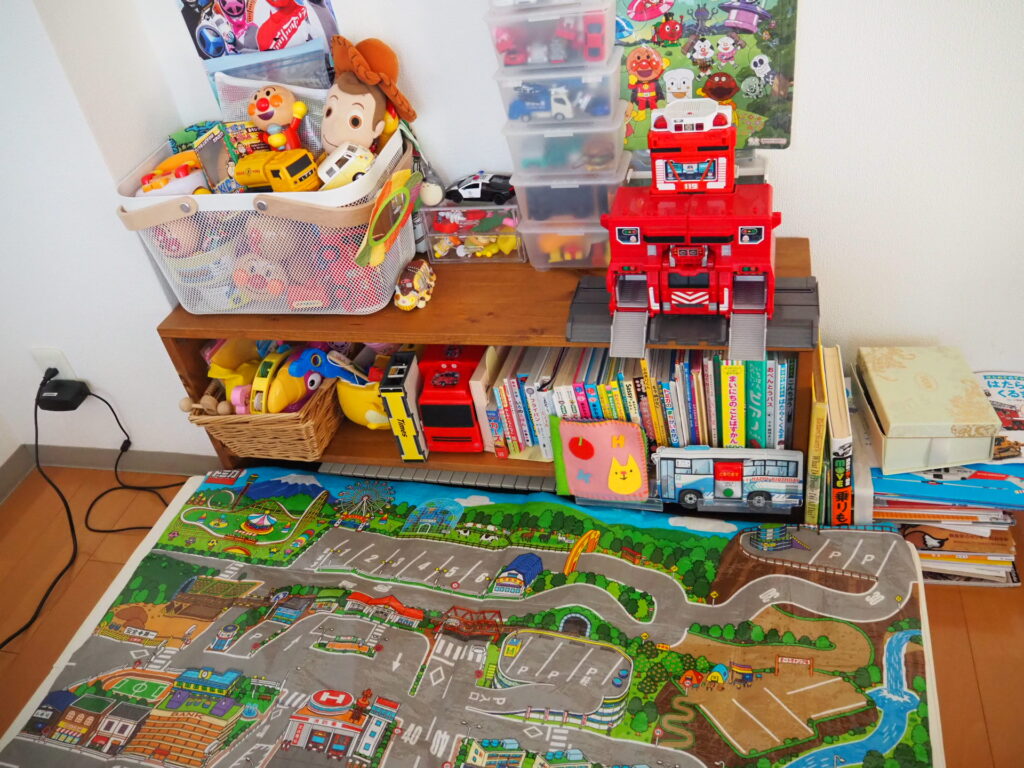Now, it’s time to manage my weight!!!
The year-end and New Year period was filled with enjoyable events. For Christmas, I indulged in high-calorie but delicious foods such as cake topped with plenty of fresh cream, oily chicken, and pizza loaded with cheese. During the New Year, I enjoyed luxurious dishes like mochi and osechi while spending most of my time at home.

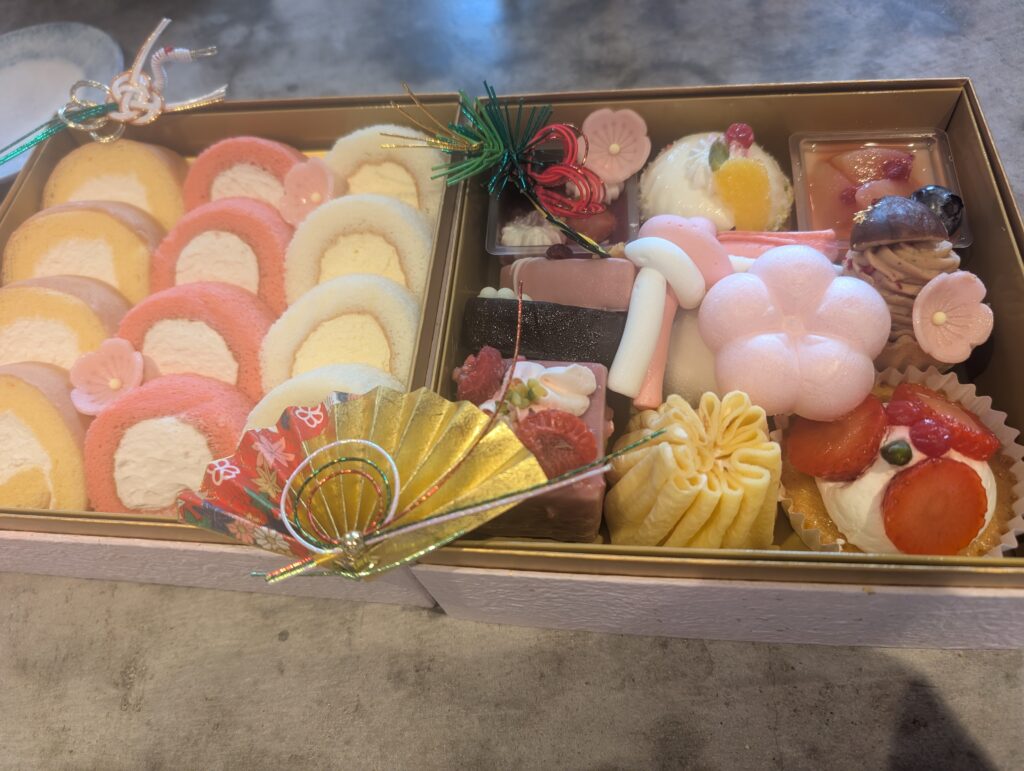
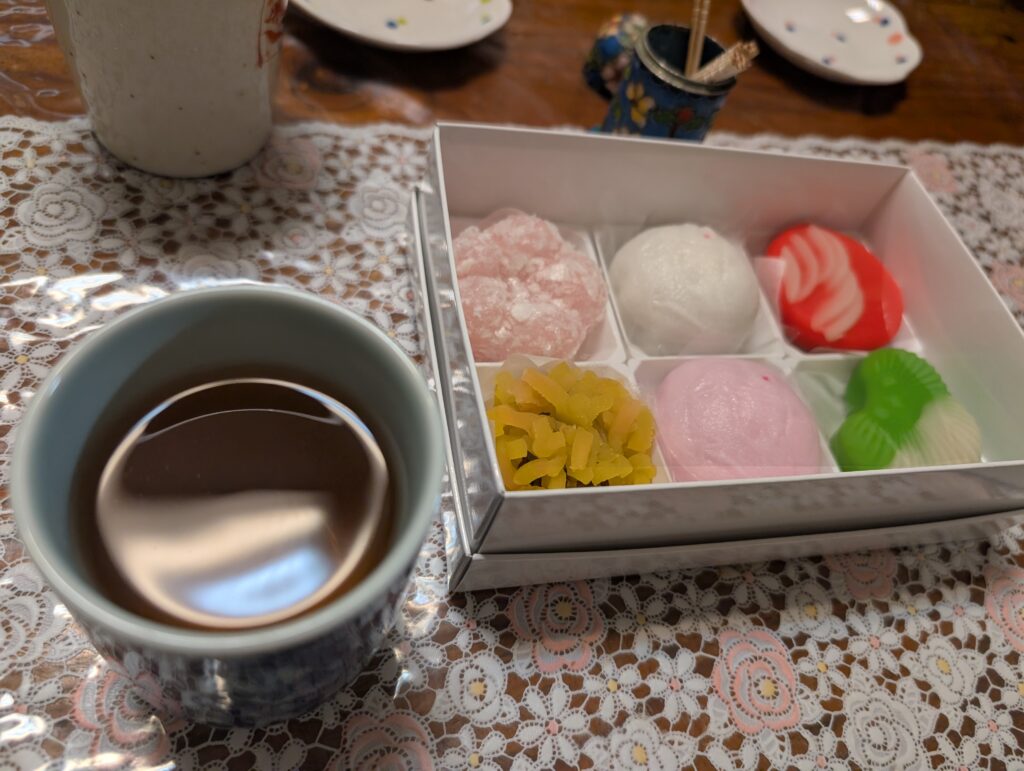
Here are some ways I’ve found to manage weight gain after the New Year effortlessly and enjoyably.
Diet Section
Eat slowly and chew well. To maintain a balanced diet, consume a variety of meats, vegetables, and fruits.
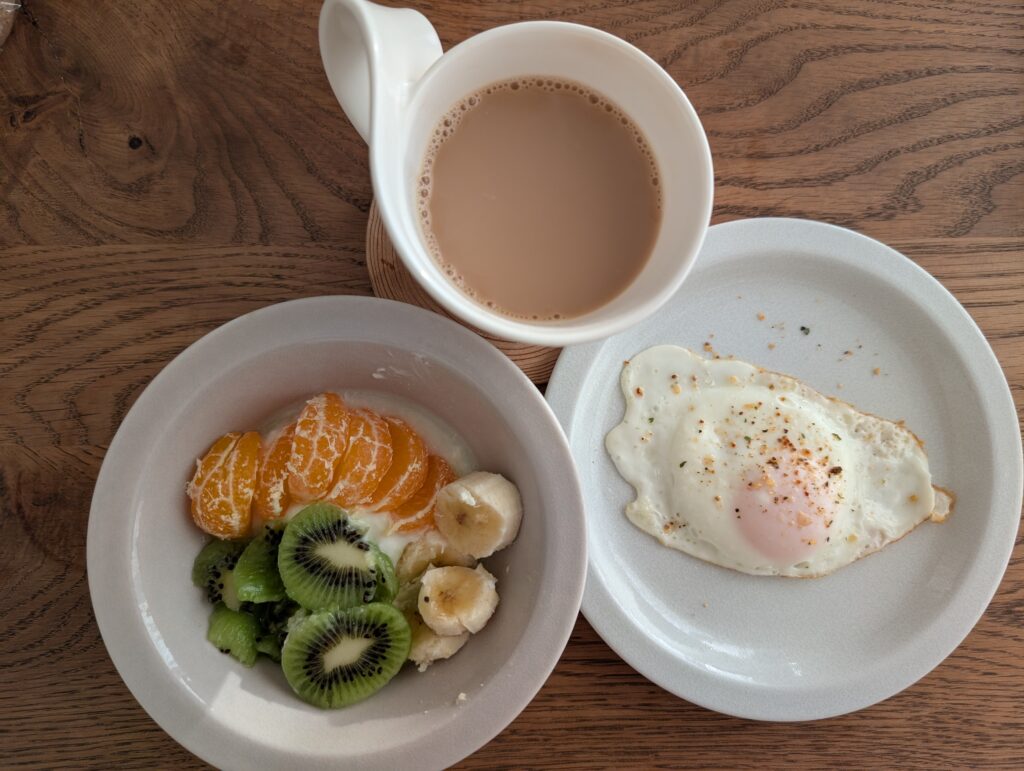
Drink 2 Liters of Water Daily: Drink plenty of water regularly to help flush out toxins.
Consume Fermented Foods: Include yogurt and fruits in the morning, and miso soup and natto for lunch and dinner.
Eat a Vegetable-Centered Diet: Ensure you are getting enough fiber, minerals, and vitamins.
Eat Chicken Breast and Thighs: To avoid being too strict with just vegetables, include lean chicken breast and thighs in your diet.
Lifestyle Habits Section
For someone like me who doesn’t have the habit of going to the gym, attending the gym is quite a hurdle. By incorporating small exercises into daily life while doing chores and getting ready, I can stay healthy without having to make dedicated time for exercise.
Maintain Good Posture: Sit with a straight back. Focusing on keeping your back straight while sitting helps to strengthen your abdominal muscles.
Squat While Brushing Teeth: Exercise while brushing your teeth; it’s like hitting two birds with one stone.
Stand on Tiptoes While Washing Dishes: Incorporate exercise into washing dishes by raising and lowering your heels.
Warm Your Body: Drink water at room temperature. Add ginger to your meals and make a conscious effort to keep your body warm.
Take a Walk: A light walk for 10-15 minutes. It’s also great for refreshing your mind.
Bathing Section
In Japan, where the habit of bathing is well established, taking a bath at home is part of daily life. While many households may opt for showers in the summer, the cold winter makes you want to take a warm bath. Of course, there are plenty of bath products available. Recently, saunas have become especially popular, but going to a sauna every day is difficult. In such cases, relaxing in your home bath is a great alternative. There are numerous benefits to bathing; it wouldn’t be an exaggeration to say there are only benefits.
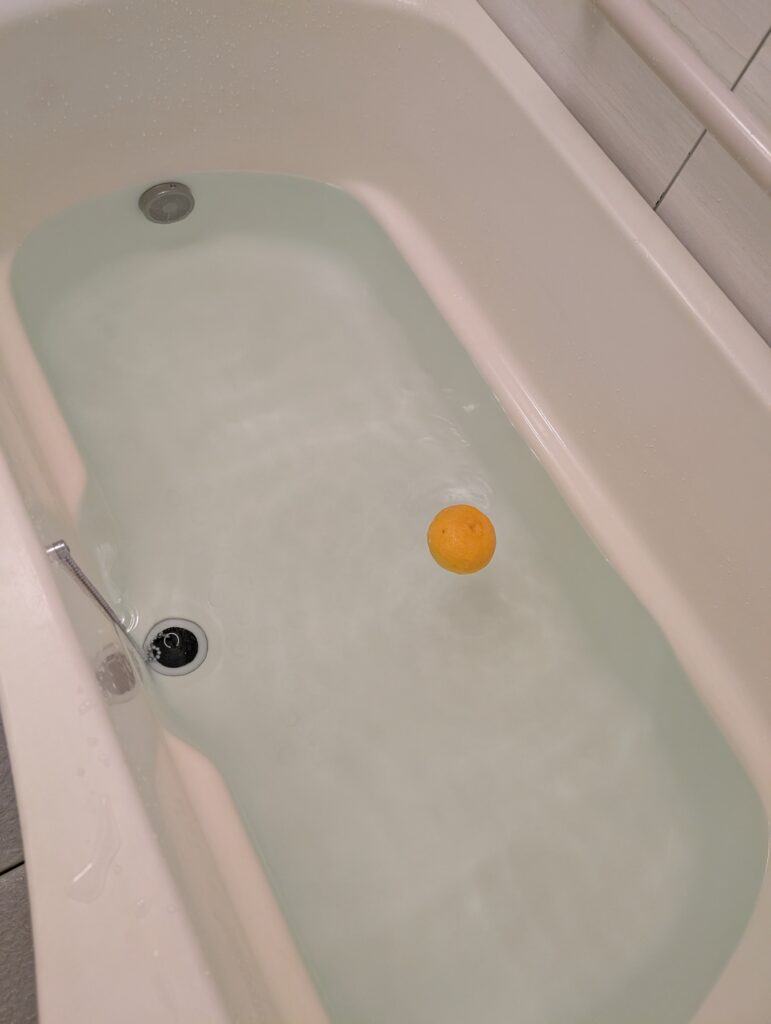
Relaxation
- Stress Relief: Soaking in warm water helps the body relax and alleviates stress.
- Mental Stability: Immersing yourself in comfortably warm water can bring a sense of calm to your mind.
Improved Blood Circulation
- Enhanced Blood Flow: Warm water dilates blood vessels, improving blood circulation. This ensures efficient delivery of oxygen and nutrients throughout the body.
- Boosted Metabolism: Improved circulation promotes metabolism, aiding in the smooth elimination of waste products.
Skin Health
- Opened Pores: The steam from the water opens up pores, making it easier to remove sebum and dirt.
- Moisturizing Effect: Proper moisturization after a bath prevents skin dryness.
Muscle Fatigue Recovery
- Relaxation of Muscle Tension: Warm water relaxes muscle tension, aiding in fatigue recovery.
- Reduced Joint Pain: Bathing enhances joint mobility, helping to reduce pain and inflammation.
Improved Sleep Quality
- Body Temperature Regulation: After bathing, body temperature temporarily rises and then naturally falls, improving sleep onset.
- Relaxation Effect: Bathing promotes relaxation, potentially leading to deeper sleep.
How to Take a Half Bath:
- Temperature and Time: The optimal water temperature is 38-40°C. Soaking for 15-30 minutes is effective.
- Preparation: Fill the bathtub with water up to your waist. Prepare a drink to stay hydrated.
- Bathing: Submerge yourself up to your waist and relax. You can enjoy reading or listening to music as it’s possible to soak longer than a full bath.
- Hydration: Ensure proper hydration during and after the half bath.
- After Bathing: Rinse off sweat with a light shower after the bath and don’t forget to moisturize.
Let’s incorporate small exercises and have a healthy 2025!

